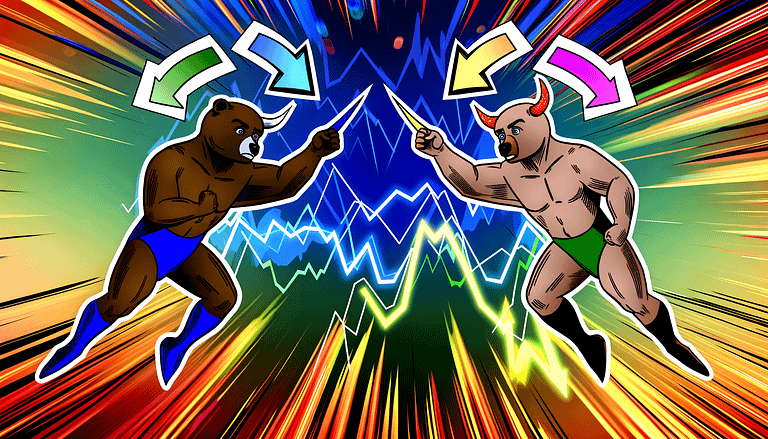Pixels CEO Champions Sustainable P2E Gaming Model
In A Nutshell
In the evolving landscape of Web3 gaming, the concept of play-to-earn (P2E) has been both celebrated and criticized. Despite facing substantial scrutiny and being labeled as a “flawed” system by some industry veterans, certain proponents remain optimistic about its potential. Among them is Luke Barwikowski, CEO of the Web3 MMO game Pixels, who champions play-to-earn as the “biggest superpower” of Web3 gaming. In an insightful interview, Barwikowski sheds light on how his team is navigating the challenges to make P2E sustainable and why he believes it represents a groundbreaking innovation in the gaming industry.
Reimagining Play-to-Earn
Despite the skepticism surrounding P2E, Barwikowski and his team at Pixels are steadfast in their endeavor to refine and sustain this model. They acknowledge that achieving sustainability in P2E gaming requires significant changes to game operations and mechanics. The recent updates in Pixels’ Chapter 2, which introduced major gameplay and system changes, are a testament to their commitment to this goal. These adjustments are designed to enhance player progression and interaction, bringing them closer to creating a sustainable P2E environment.
Web3 Gaming’s Competitive Edge
Barwikowski emphasizes that the essence of Web3 is about aligning incentives to achieve ecosystem goals. He argues that P2E is not just an innovation but a strategic advantage that could redefine user acquisition in gaming. Unlike traditional Web2 gaming companies that allocate substantial budgets to advertising, Web3 projects like Pixels are exploring ways to distribute value directly to players. This direct reward system, according to Barwikowski, positions Web3 gaming as a formidable competitor against traditional gaming models. However, he also acknowledges the complexity of balancing token distribution with revenue generation, highlighting the need for a sustainable economic model within P2E games.
Shifting Paradigms in Gaming
The debate between P2E and traditional gaming monetization strategies is indicative of a broader shift in the gaming industry. Barwikowski points out that the success of Web3 gaming hinges on finding the right balance between being an engaging game and a lucrative ecosystem. He notes that the apprehension among Web2 gaming companies towards this new model underlines the transformative potential of Web3 gaming. Once the balance is struck, Web3 could redefine gaming economics, making it challenging for Web2 games to compete.
Our Take
The discussion around play-to-earn models in Web3 gaming is far from settled. While criticisms abound, the perspective offered by Luke Barwikowski provides a hopeful outlook on the potential for innovation and sustainability in this space. It’s clear that P2E offers a unique proposition by directly rewarding players, potentially upending traditional gaming revenue models. However, the path to achieving a sustainable, balanced ecosystem that benefits both players and developers is complex and fraught with challenges. As the industry continues to evolve, it will be fascinating to watch how Web3 gaming adapts and grows, potentially setting new standards for player engagement and monetization in the digital age.







